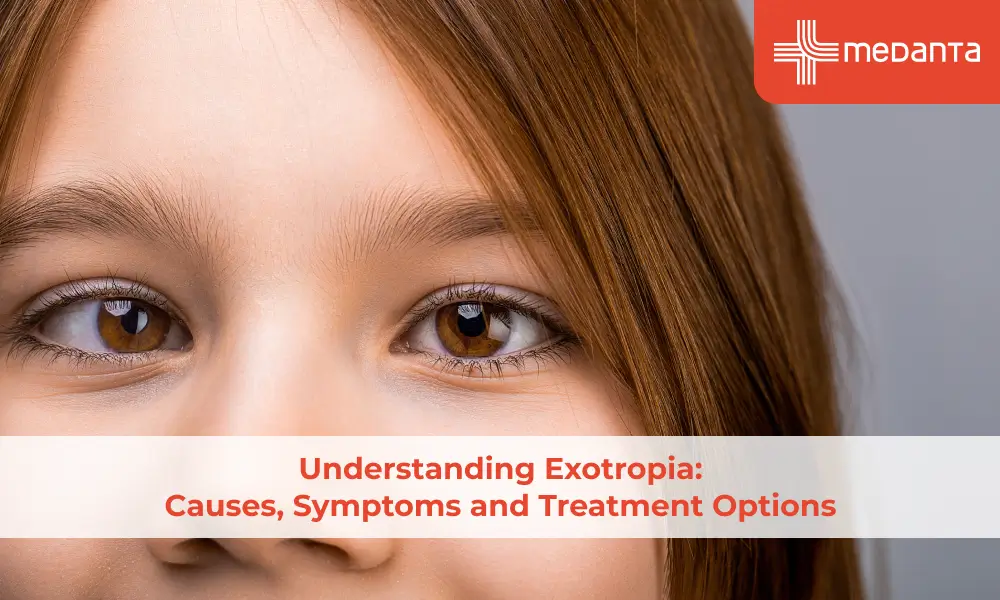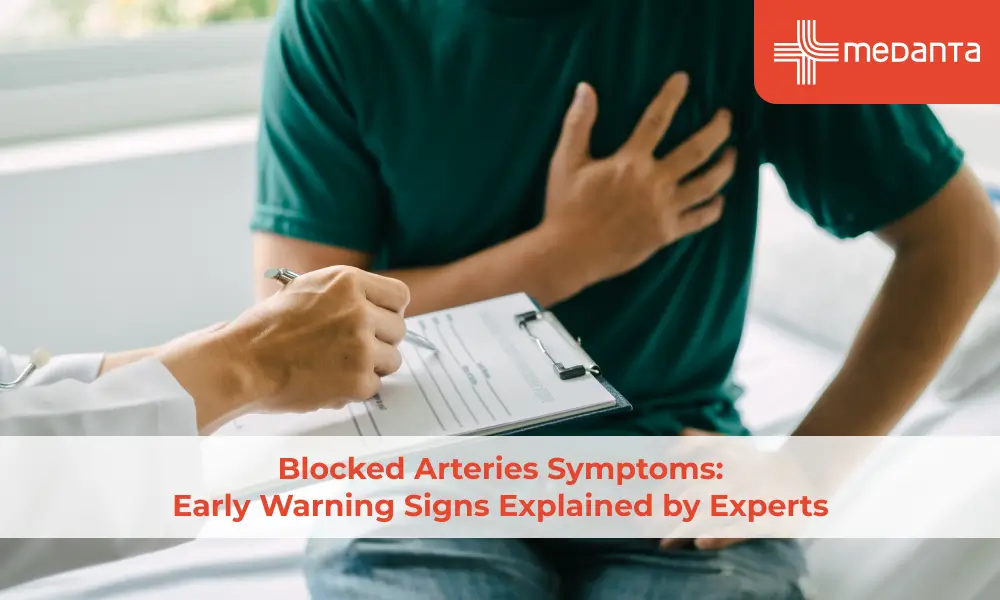What Heart Conditions Can Develop During Childhood?

Heart Fitness is essential for a child's development and growth. Identifying and treating heart conditions in childhood to provide a healthy future is equally essential. Many heart defects can develop in childhood, and it is essential to understand them to ensure that they are treated appropriately.
A common problem related to heart among kids is congenital heart disease. About 1% of the world's population is born with a congenital heart disease, which affects about 40,000 births each year. Let's explore the various types of heart defects that can develop during childhood.
What are the different type of Heart Defects?
Heart defects can occur in infants and children at an early stage and can range from simple to complex. It is essential to understand the various types of heart defects and their symptoms and signs to ensure immediate treatment.
- Atrial Septal Defect (ASD) - This heart defect can occur if there is a hole diagnosed between the walls of the heart's two upper chambers. Infants with ASD may not show symptoms of any defect, but older children may experience shortness of breath and fatigue if they have this disease.
- Ventricular Septal Defect (VSD) - VSD defect is associated with a hole diagnosed between the heart's two lower chambers. Infants with VSD may experience rapid breathing and poor weight gain, while older children may experience fatigue and shortness of breath.
- Patent Ductus Arteriosus (PDA) - This is where the ductus arteriosus, a blood vessel that shuts shortly after birth, remains open. Infants with PDA may experience rapid breathing, poor weight gain, and heart vibration.
- Tetralogy of Fallot (TOF) is a complicated heart defect with abnormalities in heart chamber as well as vessels. Infants with TOF may face a bluish tint to the skin and lips, called cyanosis, and rapid breathing.
Some other Infant Heart Problems
Infant heart problems are heart diseases that can develop in infants and young children at a very early stage. These heart problems can range from nominal to severe and can significantly impact the child's health if not examined and treated early.
Some common infant heart problems include patent ductus arteriosus, coarctation of the aorta.
- Patent ductus arteriosus is a disorder where the blood vessel connecting the heart and the lungs remains open after birth, which leads to an increased flow of oxygenated blood to the lungs.
- Coarctation of the aorta is a condition where the aorta is narrow, leading to restricted blood flow to the rest of the body.
- Congenital heart disease, is a disease observed in kids by birth. It is related to the structure of the heart that affects the heart's shape, valves, or blood vessels. It is the most common and severe heart disease in infants.
Symptoms and Signs: Infant heart problems can go unseen, but some common symptoms and signs that can be looked out for diagnosis include rapid breathing, fatigue, and poor feeding, and in some cases, an infant may also develop a blue tint to their skin, showing low oxygen levels. Common symptoms and signs of congenital heart disease in infants and children include shortness of breath and rapid breathing and fatigue
Importance of Early Diagnosis and Treatment: Ensuring the child gets the proper care and treatment at the right time is essential for early diagnosis. This can help in preventing complications and improve the possibility of recovery. It is essential to seek medical help if you suspect any symptoms showing your infant may suffer from a heart problem.
All about Congenital Heart Defects
Congenital heart disease is structural heart defects present at birth caused by genetic or environmental factors that affect the standard construction of the heart during pregnancy.
Overview of Different Types of Congenital Heart Defects:
The different types of congenital heart diseases include atrial septal defects, ventricular septal defects, patent ductus arteriosus, and Coarctation of the aorta, among others. Each type of defect can have a different impact on the heart and the body as a whole.
Symptoms and Signs: Some common signs of congenital heart disease in infants and children include shortness of breath, fatigue, poor feeding, sweating, and a bluish pigment to the skin and nails. In more extreme cases, congenital heart disease can cause heart failure, chest pain, and fainting.
Importance of Prompt Treatment: Congenital heart disease can severely impact a child's health if not treated. Immediate treatment can help prevent the child from the effects of the condition and improve the child's health and well-being. Treatment may involve medication, surgery, or other medical practices, depending on the specific type and severity of the defect.
Conclusion
This guide lets you understand the different heart diseases that can develop during childhood and their respective signs and treatments.
Reaching out to the cardiology department if the symptoms are prolonged is essential to ensure that your child goes for an early diagnosis. If your child is suffering from any of the above symptoms, refer to the best pediatric cardiologist for early treatment know the heart condition and ensure the best possible outcome for your child.






